IMPORTANT DATES
-
Abstract Submission opens:
April 01,2021
-
Abstract Submission Deadline:
September 17, 2021
-
Standard Registration opens:
April 01,2021
-
Standard Registration Deadline:
September 17, 2021
Session 1: Neurology
Neurology might be characterized as the
finding and treatment of scatters of the sensory system, which includes the
cerebrum and spinal rope. This assessed showcase investigation is dependent
upon probability of endorsement and offers of things in late-stage modification,
statistic patterns and advancing of item. Rising and creating markets at the
tip of the day helps incomes. Whereas neurology might be a
nonsurgical specialty, its corresponding surgical specialty is neurosurgery. Central nervous medicine includes
about 15 august 1945 of total about $30 billion around the globe.
Session 2: Neurons
A neuron is a somatic cell that is the
essential building block of the system nervous. Neurons are just like
alternative cells within the anatomy in a variety of ways, however there's one
key distinction between neurons and alternative cells. Neurons are specialised to transmit data
throughout the body. Some nerves in massive
vertebrates are many feet long. An afferent neuron transmits impulses from a
receptor, like those within the eye or ear, to an additional central location
within the nervous system, such as the spinal cord or brain. An efferent neuron transmits impulses from a central space
of the nervous system to an effector, like a muscle.
Session 3: Neurological Disorder
Neurological
disorders affect the
central system nervous or the peripheral nervous systems and may impair the
brain, medulla spinal is, peripheral nerve or neuromuscular function. The
specific causes of
medical specialty issues vary, but
can include genetic disorders, inborn abnormalities or disorders, infections,
style or environmental health issues in conjunction with disease, and brain
injury, medulla spinalis injury, nerve injury and protein sensitivity.
Neurological
disorders creates an oversized burden on worldwide health. The foremost recent
estimates show that the
neurological disorders included within
the international Burden of disease Study–Alzheimer’s and different dementias,
Parkinson’s illness, multiple sclerosis, epilepsy, and headache disorders
(migraine, tension-type headache [TTH], and medication-overuse headache
represent 3% of the worldwide burden of disease.
Session 4: Central Nervous System
The brain, down
the center of the spine, stopping within the part region of the lower back. The
brain and structure are both housed within a protective triple-layered membrane
mentioned The brain is protected by the bone and thus the medulla spinalis
travels from the rear of because the
membrane .Within the
central systema nervosum , the interneuronal space is crammed with an oversized
quantity of supporting non-nervous cells called animal tissue cells .In total,
around 100 billion neurons and 1,000 billion animal tissue cells make up the
human brain. Our brain uses around 20% of our body's total energy.
Session 5: Spine and Spinal Disorders
The brain and medulla spinal is together
compose the central nervous system. In humans, the neural structure begins at the membrane bone wherever
it passes through the hiatus, and meets and enters the spinal canal at the
start of the cervical vertebrae. The spinal cord extends from the medulla within the brain-stem to the body part region of the
vertebral column. It encloses the central canal of the neural structure that
contains humour.
Session 6: Neuro-Degenerative Disorder
Neurodegenerative
diseases are a heterogeneous cluster of disorders that are characterized by the
progressive degeneration of the structure and performance of the central system
nervous or peripheral
systema nervosum . It’s been proposed that DNA injury
accumulation provides the underlying causative link between aging and
neurodegenerative illness. Neuro degeneration are often found in many different
levels of neurotic
circuitry starting from molecular to systemic.
Session 7: Pediatric Neurology
A child neurologist, or paediatric medical specialist, is a
doctor who treats children who have issues with their nervous system. Problems
in the nervous system will start in the brain, spine, nerves, or muscles. Each
the spinal cord and brain are insulated by varied membranes that may be vulnerable
to force and pressure. The peripheral nerves settled deep below the skin may
also be susceptible to damage. Neurological disorders will have an
effect on an entire neurologic pathway or a single neuron. Even a little
disturbance to a neuron’s structural pathway can result
in dysfunction. Depression and neurological issues are usually interrelated.
Because of the debilitating nature of depression, people who suffer from it as
well as neurological issues might find recovery to be challenging without
professional help. Many different treatment choices are available that may
assist you with the treatment of your depression, including therapy in combination with
medication.
Session 8: Neuro Epigenetics
Neuro epigenetic mechanisms
regulate natural phenomenon within the neuron. Often, these changes occur due
to revenant stimuli. Neuro epigenetic mechanisms involve macromolecules or
protein pathways that regulate organic phenomenon by adding, editing or reading
epigenetic marks like methylation or acylation. There are also many non-coding
RNAs that regulate neural function at the epigenetic level. These mechanisms,
along with neural simple protein methylation, affect arrangement of synapses,
neuroplasticity, and play a key role in learning and memory.
Session 9: Neuro Oncology
Neuro-oncology is the
study of brain and spinal cord neoplasms, several of that are very dangerous
and serious. Among the malignant brain cancers, gliomas of the brain stem and
neural structure, brain tumour multiform, and high-grade astrocytoma are among
the worst. Among the malignant brain cancers, gliomas of the brain stem and
pons, spongioblastoma multiform, and top-quality astrocytoma are among the
worst.
Session 10: Clinical Neurology
A neurologist is a doctor specializing in neurology
and trained to analyse, or diagnose and treat neurological disorders.
Neurologists can also be involved in clinical analysis, clinical trials, and
basic or translational research. Whereas neurology could also be a nonsurgical
specialty, its corresponding surgical specialty is neurosurgery .neurologists
may subspecialize in clinical neuroscience, the planet responsible for graph
and intraoperative monitoring, or in electrodiagnostic medicine nerve conduction studies, EMG,
and induced potentials. In alternative countries, this is an autonomous
specialty.
Session 11: Dementia
Dementia is a world
concern but it's most frequently seen in wealthier countries, where individuals
are probably to live into terribly old age. The Alzheimer’s Society (2015)
reports there are over 850,000 people living with insanity within the United
Kingdom nowadays. Of these are approximately, 42,000 are people with young
onset dementia, which affects individuals under the age of 65. As a person’s
age will increase, so the risk of developing insanity affects both men and
women, with women more probably to develop Alzheimer’s and men more likely to
develop vascular dementia. We can’t rule out the danger of developing dementia
entirely, but we will develop a healthy life-style which reduces some of that
risk. As a general rule, what’s good for the heart is good for the brain.
Session 12: Parkinsons Disease
Parkinson's disease
is a chronic, degenerative neurological disease that affects one in 100 people
over age 60. Parkinsonism was 1st characterised extensively by an English
doctor, James Parkinson, in 1817. Today, we perceive Parkinson’s disease to be
a disorder of the central nervous
system that results from the loss of cells in various components of the
brain, together with a region referred to as the nucleus Niger. The exact
reason for Parkinsonism is unknown, although research points to a combination
of genetic and environmental factors.
Session 13: Alzheimer’s Disease
Alzheimer's disease additionally expressed even as dementia , could be a
chronic neurodegenerative malady that generally starts slowly and bit by bit
worsens over time. It is the reason for 60–70% of cases of dementia. The reason
for Alzheimer's disease is poorly understood. Concerning 17th of the danger is
believed to be genetic from a person's people with many genes typically
concerned. Different risk factors embody a history of head injuries,
depression, and cardiovascular disease. The malady method
is related to plaques and neurofibrillary tangles within the brain. In developed
countries, AD is one in each of the foremost financially expensive diseases.
Session 14: Spinal Bulber Muscular Atrophy
Spinal
and bulbar muscular atrophy, most popularly mentioned as
Kennedy's illness could even be a progressive neurodegenerative disorder,
leading to muscle cramps and progressive weakness causes degeneration of motor
neurons within the brain-stem and spinal cord.
Spinal
neurons are affected by inflicting muscle weakness and wasting throughout the
body that is most noticeable inside the extremities, it's especially noticeable
within the face and throat, and causes speech and swallowing difficulties,
major muscle cramps as well as different symptoms.
Session 15: Neuronal Development and
Regenaration
New
neurons and interstitial
tissue cells are constantly made at some point of life, not just at the
embryonic and baby stages. Late examinations utilizing test creatures
demonstrate that few districts of the grown-up mind have the power to recover
injured neural tissues. Our gathering intends to believe that the endogenous
repair systems within
the structure and build up another methodology to advance neuronal and
vegetative cell recovery after damage.
Session 16: Cellular and Molecular Neuobiology
Cellular and molecular
neurobiology is one among the foremost recent and fastest growing
sub-disciplines in neuroscience. Several brain functions will be influenced at
the cellular and molecular level by variations and changes in gene expression,
while not altering the sequence of DNA in an organism. This is otherwise known
as epigenetic regulation. Such changes are found to be strongly influential in
the incidence of brain disease, mental illness, and
addiction. Neurobiological
mechanisms of depression is still poor, and the therapeutic effects of
antidepressants are restricted. It takes an extended time to get treatment
effects, and therefore the overall remission rate is low. Neurobiological
mechanisms of the integrated major modulators that regulate changes within the
genes, cells, the brain, and in behaviors related to depression.
Session 17: Neurogenomics
Neurogenomics is
that the study of how the order of an organism influences the event and
performance of its systema
nervosum. This field intends to unite functional genomics and neurobiology
in order to grasp the nervous system as a whole from a genomic perspective. The
nervous system in vertebrates is made of 2 major types of cells – neuroglia cells and
neurons. Neurons in these centralized locations tend to arrange in large
networks and communicate extensively with one another.
Session 18: Neuropsychiatry and Behavioural
Science
Neuro
psychopathology is a branch of medicine that deals with mental disorders
because of diseases of the system. It preceded the current disciplines of
psychological medicine and neurology. Neurologists have focused objectively on
organic system nervous pathology, particularly of the brain, whereas psychiatrists have
arranged claim to diseases of the mind. Behavioral neurology could also be a
subspecialty of neurology that studies the impact of neurological injury and
illness upon behavior, memory, and psychological feature, and also the
treatment.
Session 19: Diagnosis and Imaging Techniques
Diagnostic imaging
techniques help narrow the causes of an injury or sickness and make sure that
the diagnosis is accurate. These techniques embrace x-rays, computed tomography (CT)
scans, and resonance imaging (MRI). These imaging tools let your doctor
"see" inside your body to urge a "picture" of your bones,
organs, muscles, tendons, nerves, and tissue. This is the way the doctor can
determine if there are a unit any abnormalities.
Session 20: Neurochemistry
Neurochemistry refers to the
chemical processes that occur in the brain and nervous system.There are
2 broad categories of chemistry in nerve systems that are important. The
primary is the chemistry that generates electrical signals which propagate
along nerve cells. The key chemicals involved in these signals are atomic
number 11 and metal ions. To see how they provide rise to a signal, one must
1st look at a somatic
cell that is at rest .While neurochemistry as a recognized science is
relatively new, the concept behind neurochemistry has
been around since the 18th century. Originally, the brain had been thought to
be a separate entity apart from the peripheral system.
Session 21: Nursing and Neuroscience
Neuroscience nurses take
care of people with a spread of neurological conditions and disorders across
the period of time and in all health care settings. The department of
neurobiology nursing provides an upscale surroundings of learning and skilled
growth, particularly through its neurobiology nursing
residency program with an 8 to 16-week preceptor guided orientation. This
participative model promotes Associate in nursing environment of team collaboration and autonomous
nursing practice.
Session 22: Vascular Dementia
Vascular dementia
symptoms vary, depending on the a part of your brain where blood flow is
impaired. Symptoms usually overlap with those of different types of dementia,
particularly dementia. Tube-shaped
structure insanity results from conditions that damage your brain's blood
vessels, reducing their ability to provide your brain with the amounts of
nutrition and oxygen it must perform thought processes effectively. Additional
risk factors are identical ones that raise risk for heart issues, stroke and
different diseases that have an effect on blood vessels. Several of those
tube-shaped structure factors also raise risk for Alzheimer's disease. There
is presently no cure for tube-shaped structure insanity and there's no way to
reverse any loss of brain cells that occurred before the condition was
diagnosed. But treatment will sometimes facilitate hamper vascular dementia. Treatment aims to
tackle the underlying cause, which may reduce the speed at that brain cells are
lost.
Session 23: Neuro Nursing
A neurobiology nurse may be a nursing professional that helps patients suffering
from medical specialty issues. This can include injuries, like head and spinal
trauma from accidents, or diseases, such as Parkinson’s illness
, meningitis, redness, epilepsy, and sclerosis.
Neuroscience is one of the foremost difficult specialties to master. If you’re
trying to become a neurobiology nurse, you should have a firm grasp on how to
nervous system works and how it affects that rest of the body. As a neuroscience nurse, you would like to possess patience and really effective
communication skills.
Session 24: Neuropsychology
Neuropsychology is the
study and characterization of the behavioural modifications that follow a
neurological trauma or condition. It is both an experimental and clinical field
of psychology that
aims to know how behaviour and cognition are influenced by brain functioning
and cares with the
diagnosis and treatment of behavioural and cognitive effects of
neurological disorders.
Neuropsychology evaluations verify the scope
and kinds of changes in psychological feature and behavioural functioning which
will possibly are caused by injury or illness.
Neuropsychological examinations can confirm
diagnoses. A psychophysiology analysis might verify if the treatment is
functioning and if a patient's knowledge, speech and emotional problems are
improving. Neuropsychological treatment is also prescribed for those suffering
from:
• Changes in vision
• Speech problems
• Memory loss
• Difficulties in concentration
• Problems with spatial skills
• Difficulty with reading and writing
• Confusion
Session 25: Neuroinfections
Neuroinfections presents 35
subjects, each with a special neurologic infectious or inflammatory disorder.
Neuroinfectious diseases affect the systema nervosum , from the brain and
medulla spinalis to muscles and nerves . There are a good range of neuroinfectious diseases
, including: ... Neurosarcoidosis,
an disease of the systema nervosum marked by facial weakness and headache which
will cause a chronic condition.
https://neurology-conferences.com/A neurosurgeon is a physician who specializes in the diagnosis and surgical treatment of disorders of the central and peripheral nervous system including congenital anomalies, trauma, tumors, vascular disorders, infections of the brain or spine, stroke, or degenerative diseases of the spine. A physician who specializes in neurosurgery. Neurosurgeons are not just brain surgeons, they are medically trained neurosurgical specialists who can also help patients suffering from back and neck pain as well as a host of other illnesses ranging from trigeminal neuralgia to head injury and Parkinson's disease.
neurosurgeon
,neurosurgeons ,neurosurgeonlife , futureneurosurgeon , neurosurgeoninthemaking , neurosurgeonslife,neurosurgeoning ,neurosurgeonsrock , neurosurgeontobe , neurosurgeonsunite , neurosurgeonslifestyle,neurosurgeontj ,ucsfneurosurgeon
Attendee Criteria
Attendance is generally limited to active researchers and authors of accepted abstracts. Authors of accepted abstracts are pre-approved for registration. All other researchers must Sign up and register towards the conference.
A very limited number of spots are available for individuals in Keynote/Plenary positions. Some of the Keynote and Plenary Speakers will have an opportunity to chair any session during the conference.
25 Oral presentation spots are available for 2-day events. The individual speaker is allowed to present a maximum of 2 talks at the conference.
Who Can Attend
Researcher/Academic /Industrial / Clinical / Private / Marketing
Researchers actively participating in basic science investigations, clinical studies, or epidemiologic research.
Physicians & Scientists who have faculty appointments at academic institutions including medical school programs, or practitioners who are involved in patient care or counselling.
Industries related to pharmaceuticals, Manufacturing, Services, Clinical can achieve visibility and credibility, exhibiting at a trade show has hundreds of benefits for your business. Establishing a presence, whether big or small, for your company at an exhibition gives you a powerful platform for meeting new customers, reaching out to your existing clients, and building a more established and reliable brand.
Clinical takes advantage of the educational and networking opportunities designed for hospital professional.
Marketers from generating new business to staying current with the latest trends, attending marketing events, meetings, and conferences can be crucial to the success of a company’s or individual’s growth strategy. There are some key benefits for why marketers should consider attending networking events.
1. Build Meaningful Relationships
2. Stay Current with Trends by Learning from Powerful Speakers
3. Connect with Influencers and in Turn, You’re Target Audience
4. Get Fresh Ideas and Solutions for Your Business.
Various sessions in our Conferences:
Plenary Talk: A plenary talk of a conference which all members of all parties are to attend. Such a session may include a broad range of content, from keynotes to panel discussions, and is not necessarily related to a specific style of presentation or deliberative process.
Keynote: This is a talk on a specific theme which represent the whole subject of the conference. Keynotes are usually delivered by Professors, President of associations, MD and above.
Oral Presentation: A presentation is a process of presenting a topic to an audience. It is typically a demonstration, introduction, lecture, or speech meant to inform, persuade, inspire, motivate, or to build goodwill or to present a new idea or product.
Delegate: One who gains knowledge, comprehension or mastery through experience or study; someone who learns or takes knowledge or beliefs; one that is learning; one that is acquiring new knowledge, behaviour’s, skills, values or preferences.
Poster Presentation: A poster presentation, at a congress or conference with an academic or professional focus, is the presentation of research information, usually peer-reviewed work, in the form of a poster that conference participants may view. A poster session is an event at which many such posters are presented.
Workshop: A workshop is designed to teach something or develop a specific skill while an academic conference is about presenting original research and getting feedback from peers. A workshop doesn't necessarily have to present original research; it is directed more towards teaching and learning in an interactive environment.
E-poster: An e-Poster or digital poster is a digital presentation of research that is presented within a congress.
Video Presentation: Animated or recorded video describing a research or review topic. Video talks for usually not more than 20-30mins)


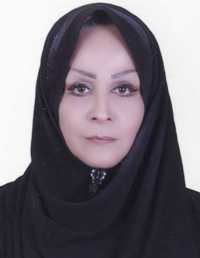

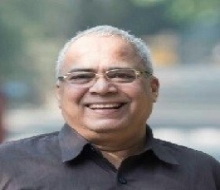
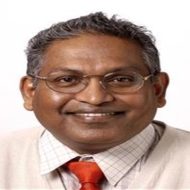

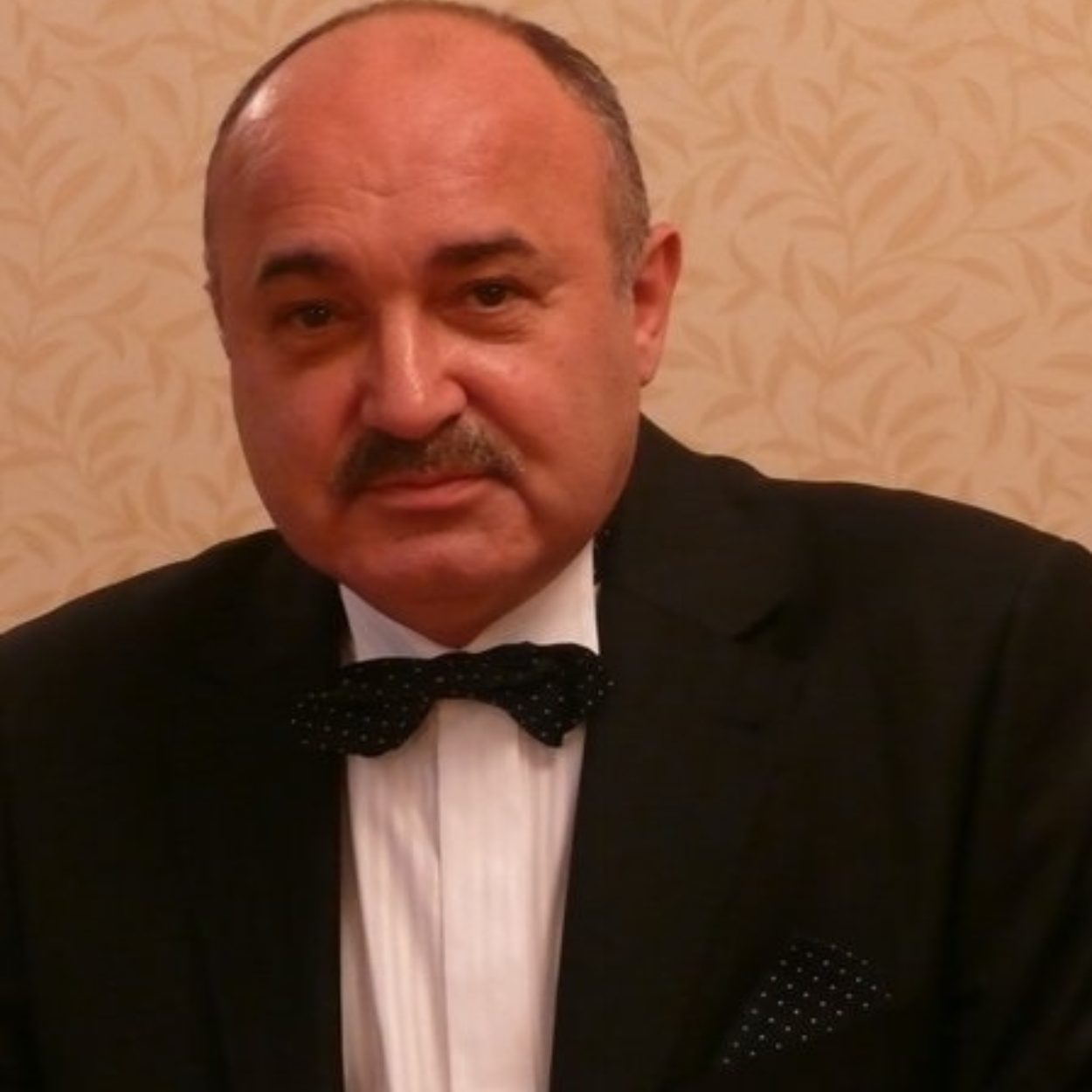
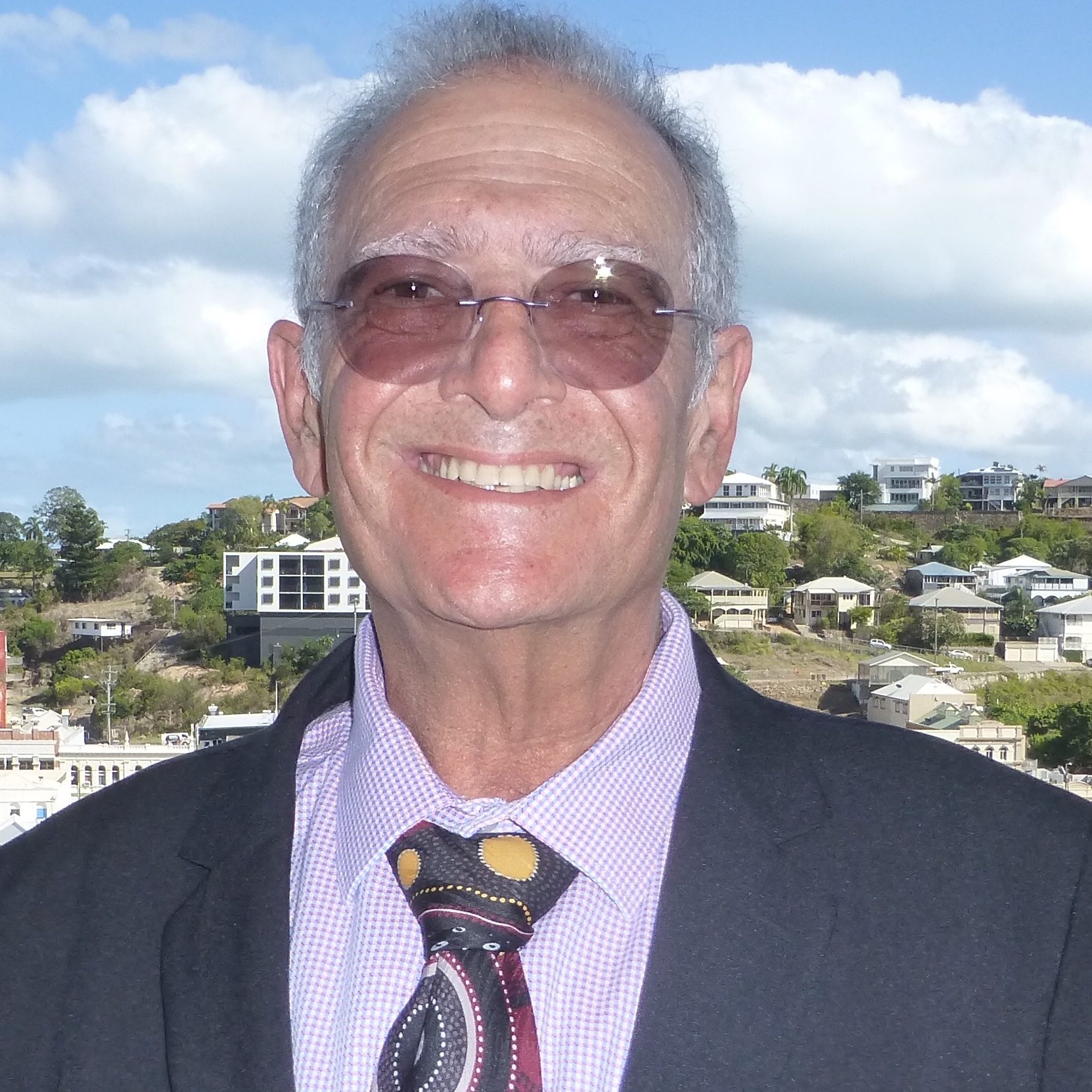
-min.jpg)







